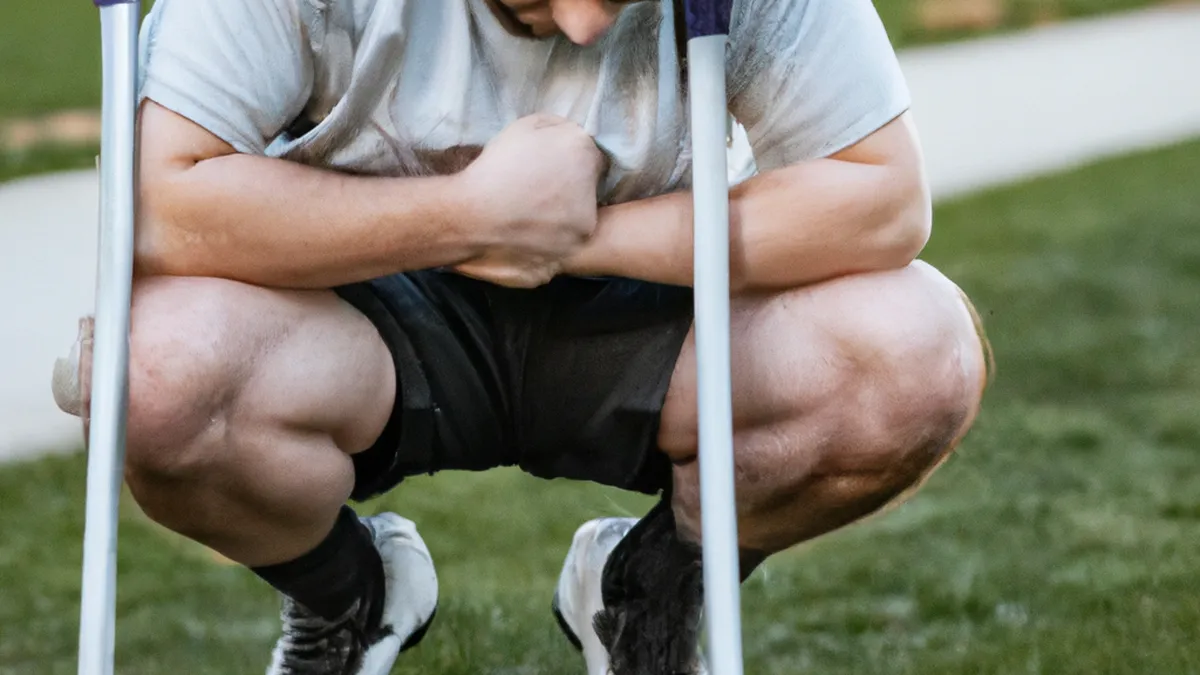Strategies for Preventing Injuries in Young Athletes
Coaching Considerations for Youth Injury Prevention
As an Amazon Associate I earn from qualifying purchases.
Gear tip: consider standing desk balance board, desk cycle and insulated water bottle to support this workout.
Youth sports offer great opportunities for physical activity, socialization, and skill development. However, injuries can lead to serious consequences. As a coach, you must understand how to prevent injuries. This blog discusses key considerations for youth injury prevention, emphasizing a proactive approach.
Importance of Injury Prevention
Injury prevention significantly enhances young athletes’ sports experiences. Injuries can sideline players for weeks or months, causing frustration and loss of motivation. For many young athletes, sports involve fun, teamwork, and personal growth. Therefore, coaches must prioritize athletes’ health and well-being.
Youth athletes’ bodies are still developing. They often push themselves to excel, sometimes compromising their health. Coaches must implement proactive injury prevention measures. This includes physical training, education, and open communication.
Key Tips for Injury Prevention
1. Promote Proper Warm-Up and Cool-Down
A proper warm-up prepares the body for activity. It increases blood flow, enhances flexibility, and reduces injury risk. Coaches should encourage players to perform dynamic stretches and movements mimicking practice activities. High knees, butt kicks, and arm circles effectively warm up muscle groups.
The cool-down routine is equally important. It gradually lowers heart rates and promotes recovery. Coaches should incorporate static stretching after practices and games, focusing on major muscle groups. This practice aids recovery and promotes flexibility, helping to prevent injuries.
2. Emphasize Proper Technique
Teaching correct techniques is crucial for injury prevention, especially in contact sports. Improper form can cause injuries, from sprains to fractures. Coaches should demonstrate skills and techniques, breaking movements into manageable parts for athletes.
Utilizing drills that emphasize safe practices is essential. For example, when teaching tackling in football or sliding in baseball, focus on body positioning, balance, and safe execution. Provide regular feedback during practices to reinforce good habits, allowing athletes to develop safe muscle memory.
3. Monitor Training Intensity
Youth athletes may not recognize when they overexert themselves. Coaches should monitor training intensity, ensuring balanced practices without pushing athletes beyond their limits. Implementing a structured training schedule with rest days is critical. This helps prevent overuse injuries common in young athletes.
Educating athletes about listening to their bodies is vital. Encourage them to report any pain or discomfort immediately. Coaches should create an open environment for communication.
Conclusion
Injury prevention is essential for promoting a positive sports experience. Coaches play a crucial role in ensuring young athletes stay healthy and safe.
Below are related products based on this post:
FAQ
Why is injury prevention important for youth athletes?
Injury prevention is crucial as it enhances young athletes’ sports experiences by reducing the risk of injuries that can sideline them for extended periods. This helps maintain their motivation and enjoyment of sports, which are essential for their physical and social development.
What are some effective strategies for preventing injuries in youth sports?
Effective strategies include promoting proper warm-up and cool-down routines, emphasizing proper technique during training, and monitoring training intensity. Coaches should encourage dynamic stretching before activities and static stretching after, teach correct skills, and ensure practices are balanced with necessary rest days.
How can coaches foster open communication about injuries with their athletes?
Coaches can foster open communication by creating an environment where athletes feel comfortable reporting pain or discomfort. This involves regularly checking in with players, encouraging them to express any concerns, and educating them on the importance of listening to their bodies to prevent injuries.















Post Comment